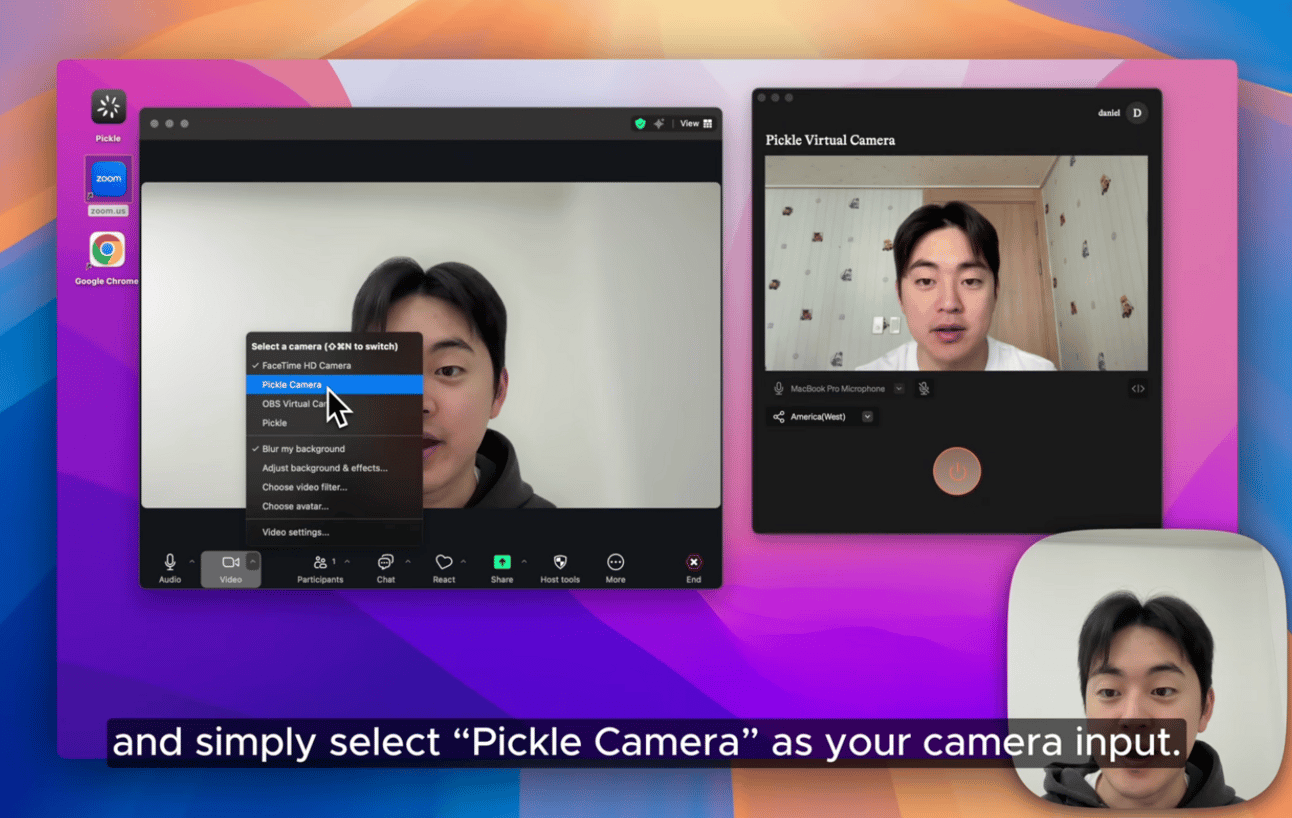- dots & dashes
- Posts
- The voice of AI could be yours
The voice of AI could be yours
Discover new ways to listen to stories or how to speak (almost) any language.
Confession: Sometimes I paste the draft text of an edition of the newsletter into an AI tool that will read it out loud. Not for the tool to edit, alter or expand the text, but because listening to it back helps me process whether the text reads like it sounds in my head, to flag any grammar or sentence structure issues that may not be immediately apparent, and for me to process what may be missing from what I’m writing.
For me, it’s kind of like having an executive assistant read back a memo or a court reporter reading back a transcript (or a childhood fave of mine: the noble Dictabird from the 1994 Flintstones movie).
This process is, of course, not for everyone, but if you find it’s potentially useful to you, check out my go-to SpeechMa or other freemium options like NaturalReader and Speechify that sound less like a robot and more conversational.

Speaker options from NaturalReader
The use of AI bots to read out written work is also being explored for news sites. The technology offers site visitors the option to listen to the text of articles in addition to reading them. This option is helpful for several reasons, including being of service to readers who process information better by listening, and people with disabilities. Going the AI route with having stories translated to audio is an especially attractive option to small to medium newsrooms that may not have the resources to dedicate a staffer to voicing each article. Again, no displacing human beings and replacing with AI in newsrooms, please. People will always connect more to listening to an actual person.
Where we get into “ummm…” territory is tools that replicate a person’s voice and have it on hand to read basically anything. Tools from ElevenLabs, Speechify, and others allow the user to read a short prompt, which is used to analyze the tone and nuances of the person’s voice and recreate it almost exactly. Then you feed text to the tool and the AI reads it in what is passable as the original person reading it. So you can imagine a reporter’s voice being captured in AI, then the stories they write can be listened to in an adjacent audio player. I’ll leave it to you to ponder the ethics of this. In the meantime, let’s get into AI that is squarely in the realm of “okay, now wait a minute.”

“Ummm…” AI
Uses of AI in media that raise ethical questions
DuoLingo step aside! A new crop of AI video tools like those from Virbo and Vozo will change the language of the speaker to a wide range of options and also sync their mouth movements to match. All of a sudden English-speaking content is open to whole new audiences around the world!
First flag: the translation. Some time ago, I traveled to a relatively remote country and met with professionals who were looking to connect their official communications in English to people who spoke more regional languages. I suggested Google Translate which, at the time, was still getting a foothold as a universal option for translation. The officials emphatically shared that while GT was pretty good for most languages, for their intended purposes it turned text into unusable gobbledygook. Life lesson there: even the best tools, however innovative, can leave things literally lost in translation. Second major flag: Altering video to change what the speaker is saying, and to the untrained eye, making it appear as if they were on a 4,000+ day DuoLingo is at the least very questionable.
This week’s edition of the newsletter has been packed with innovative technologies with implicit moral quandaries. Let’s add one more in for the road.

O.M.G. AI
Mind-bending uses of AI not usually appropriate for journalism but are nonetheless thought-provoking
Have you ever sat in a camera-on Zoom meeting and wished you could be anywhere else but staring into the camera? AI tech like Pickle is here to help you out. With a few clicks and some impressive analysis of your voice and physical features, Pickle will create a digital clone of you that lip-syncs to your voice in real-time. The digital avatar reacts in under one second, making it ultra realistic. Bonus points: You don’t actually need a physical camera to deploy the tool.
Not saying I have or will ever use it (hello to my manager if you’re reading!), but I can imagine this being a delight for the camera-shy or for people who have breakfast cooking in the other room and have a serious need to multitask. Would you give it a try?

Enjoying dots & dashes? Share with a colleague or friend! Have feedback or questions? Email me at [email protected].

